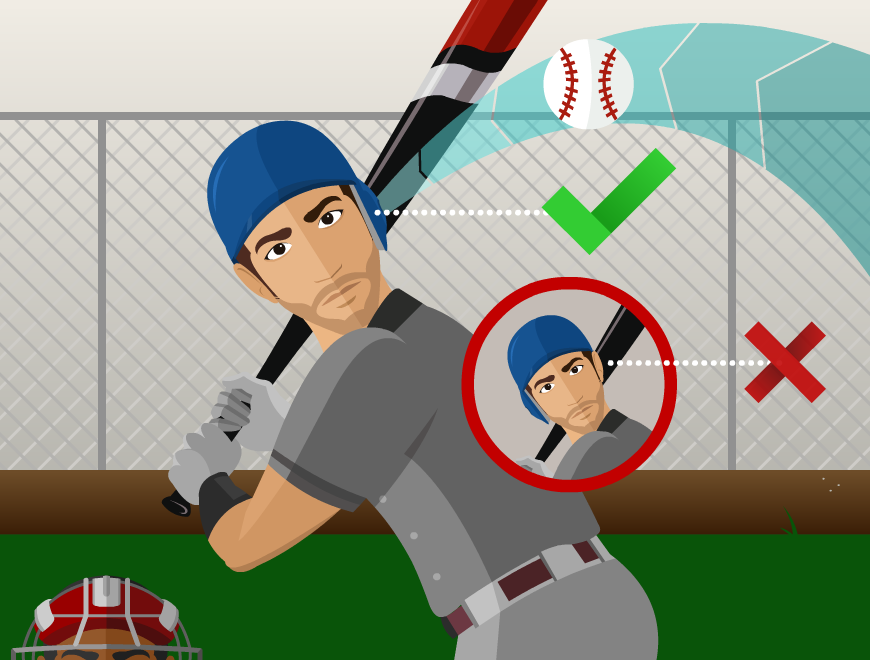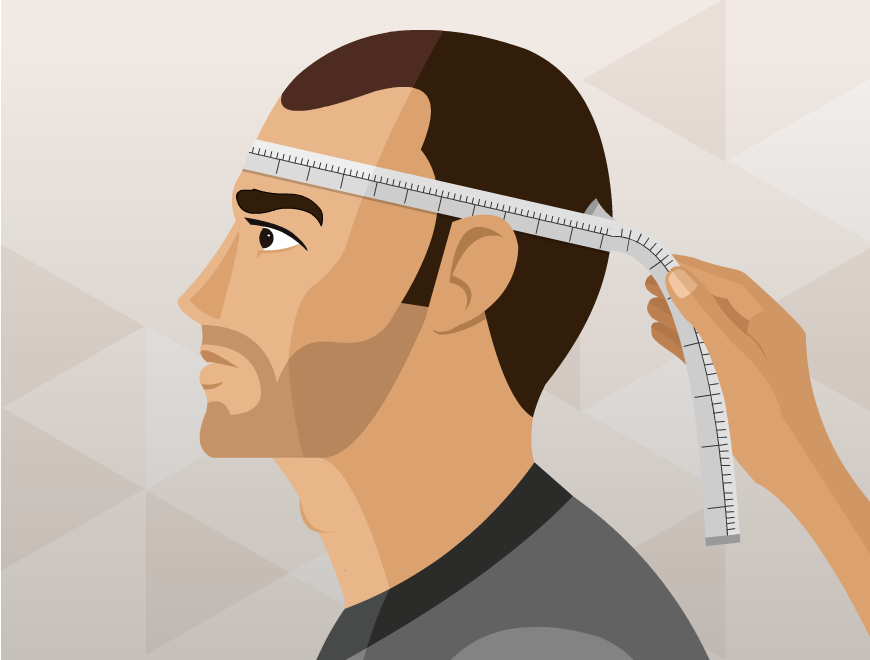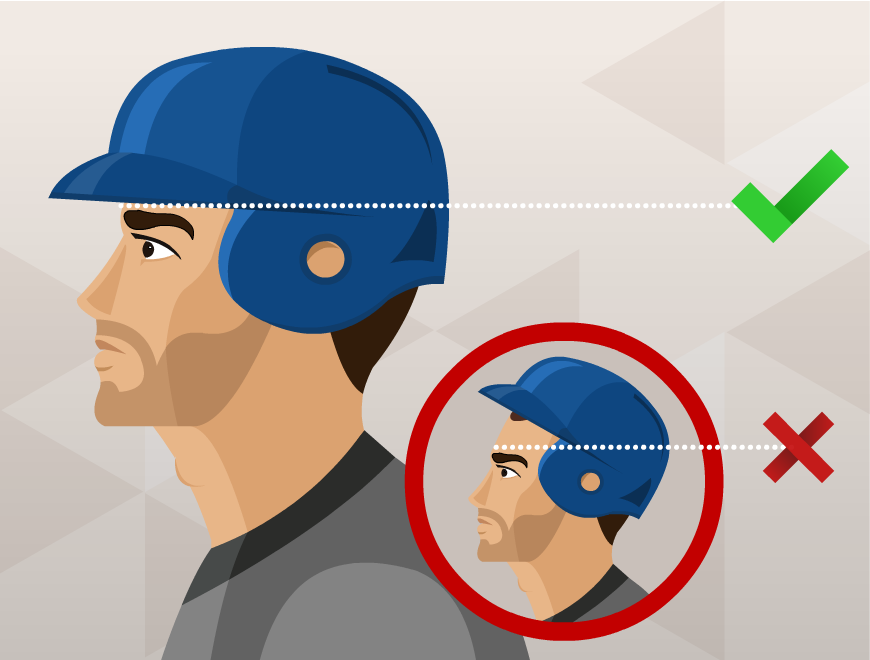When it comes to stepping into the batter’s box, the most important piece of gear you’ll have on is your batting helmet. Your helmet can prevent serious injury when you’re inside the batter’s box, running the bases, and even when you’re just standing in the on deck circle.
You have many options to choose from, but when the time comes and you need to buy your helmet, several factors come into play. Price may be a concern, but keep in mind that the higher the price of a helmet, the better material it will be made from. The helmets on the higher end of the spectrum are made with high impact padding that helps with energy absorption, and a lot of times, they’re more comfortable. The less expensive helmets usually have bulky padding that will still absorb impact, but not to the same extent. Most importantly, you want the fit of your helmet to be snug, not loose, and it should be comfortable to wear. Read on for everything you need to know about buying your batting helmet.
Why Do Helmets Only Cover One Ear?
If you watch pro baseball or softball on TV or have been to live games, you’ve probably noticed that helmets usually only cover one ear. One exception to this is when a batter is what’s known as a switch hitter, meaning they bat with both their right and left hands. These players need earflaps to cover both ears during any given at bat. It’s easy to know which side the flap should be on:
- If you bat right handed, the flap is on your left ear.
- If you bat left handed, the flap is on your right ear.
- If you’re a switch hitter, you should have a flap on both ears or have two different helmets.
Double flapped helmets are required in most leagues below the professional level, including youth/little league, high school, and college. These helmets serve a dual purpose, providing protection not only at the plate, but also when running the bases. The flaps can protect you when running to first base, trying to steal bases, and when diving back into a base after a pick-off attempt. Helmets with earflaps can even be a lifesaver when you’re preparing for your at-bat in the on deck circle.

Helmet Sizing
Before you buy your batting helmet, you need to make sure you’re getting the right size. You want to find the right mixture between comfort and protection. If you don’t already know the size of your head, there’s a safe and easy way to determine what size helmet you need. To get the appropriate size batting helmet, simply take a cloth measuring tape and measure the circumference of your head right above your ears.

If your batting helmet is too big, you can buy a padding kit that will give you a better fit around your head. Keep in mind, though, you never want to buy a youth helmet bigger with the “room to grow” mentality. The last thing you want is a batting helmet that’s too big, which could either fall off or obscure a batter’s vision while trying to hit a fastball.

Helmet Conversion Chart
| SIZE | CIRCUMFERENCE | HELMET SIZE |
| XS | 20 -20 1/2" | 6 3/8 - 6 1/2 |
| S | 20 3/4 - 21 1/2" | 6 5/8 - 6 3/4 |
| M | 21 1/2 - 22" | 6 7/8 - 7 |
| L | 22 1/4 - 22 3/4" | 7 1/8 - 7 1/4 |
| XL | 23 - 23 1/2" | 7 3/8 - 7 1/2 |
| XXL | 23 3/4 - 24 1/4" | 7 5/8 - 7 3/4 |
A couple other important factors to keep in mind when looking at the fit of your helmet:
- For the best protection, you want to make sure the batting helmet sits 1 inch above your eyebrows.
- Helmets should never be pointed upwards or downwards. They should be on your head evenly. If the helmet is pointed up rather than parallel to the ground, it exposes your forehead to possible contact with the ball while batting or running the bases. If the helmet is facing downward, it exposes the back of your head.
NOCSAE

There are countless companies that make batting helmets for players of all ages and levels, but not all helmets are certified by the National Operating Committee on Standards for Athletic Equipment (NOCSAE). The NOCSAE rating is essential for any ball player’s safety, and you should make sure that any new helmet you buy has the certification sticker on it.Softball players also need to keep themselves protected when playing the sport they love. There are separate face masks made specifically for softball players that attach to most batting helmets.